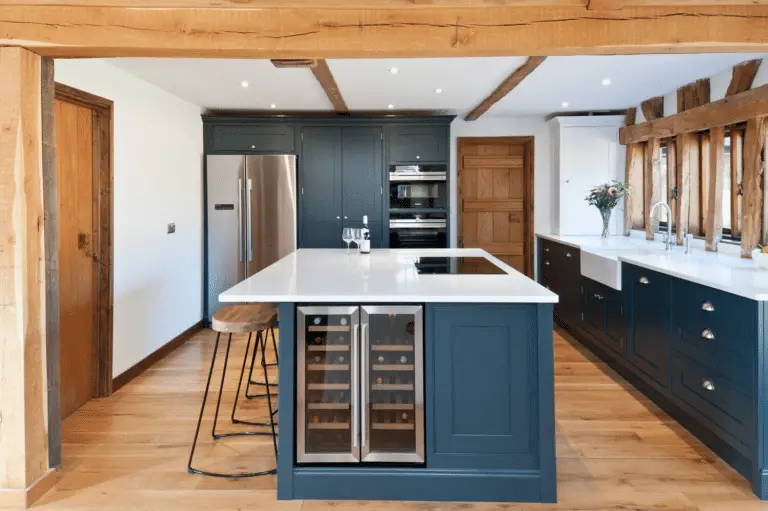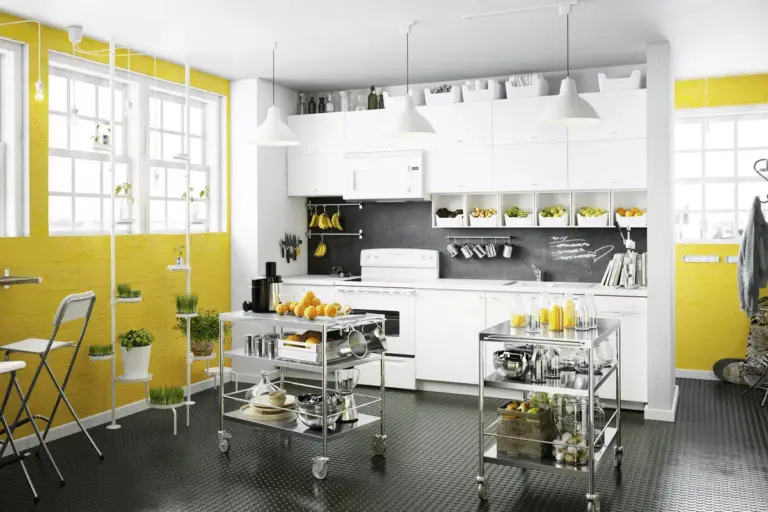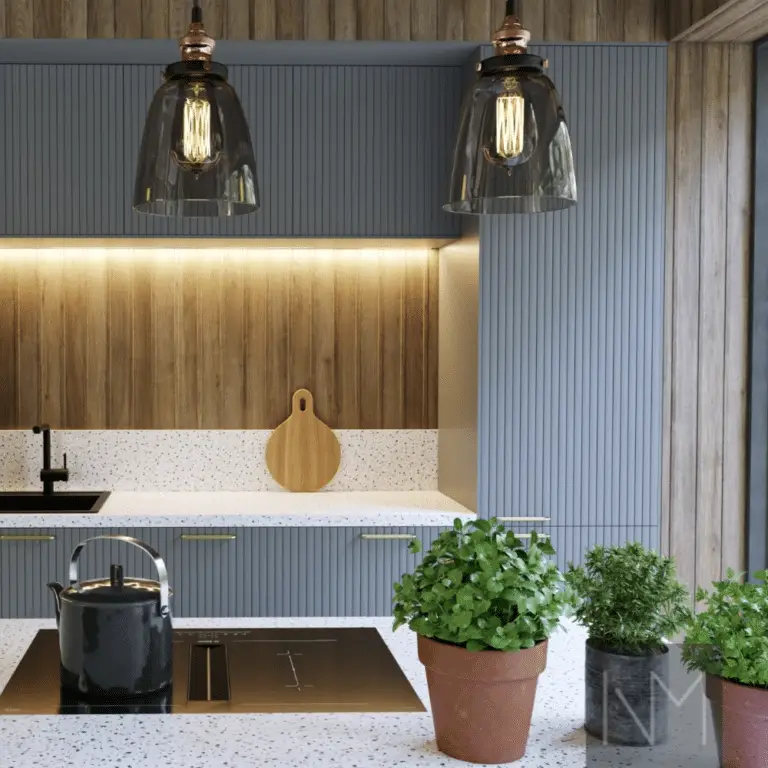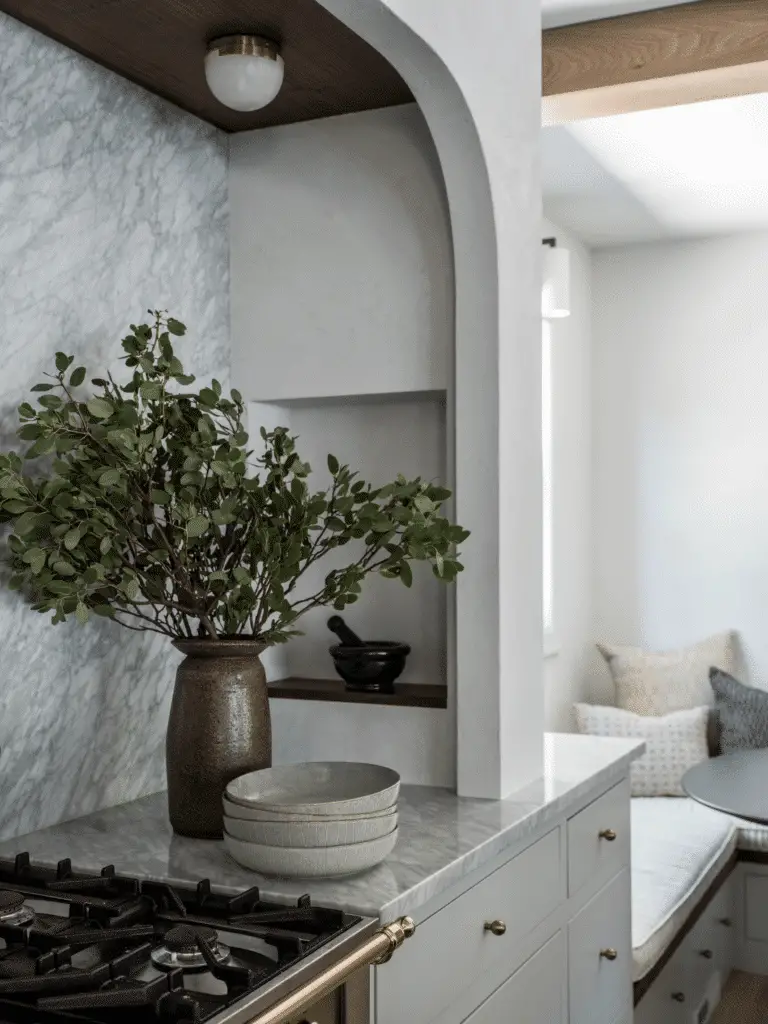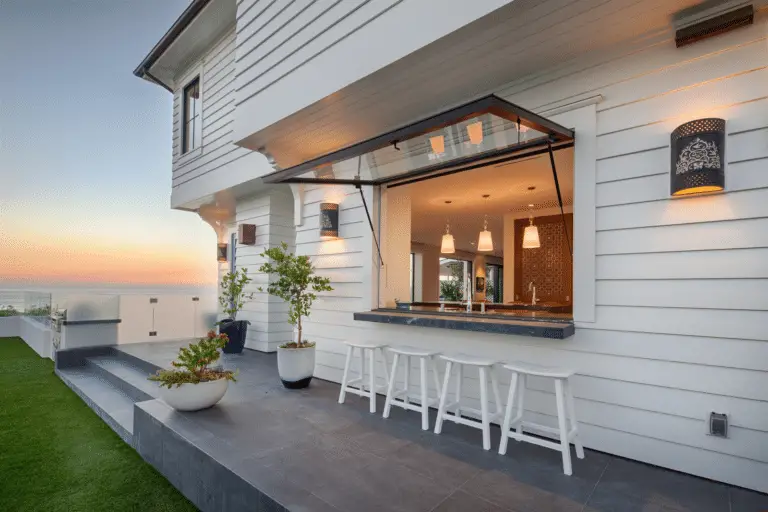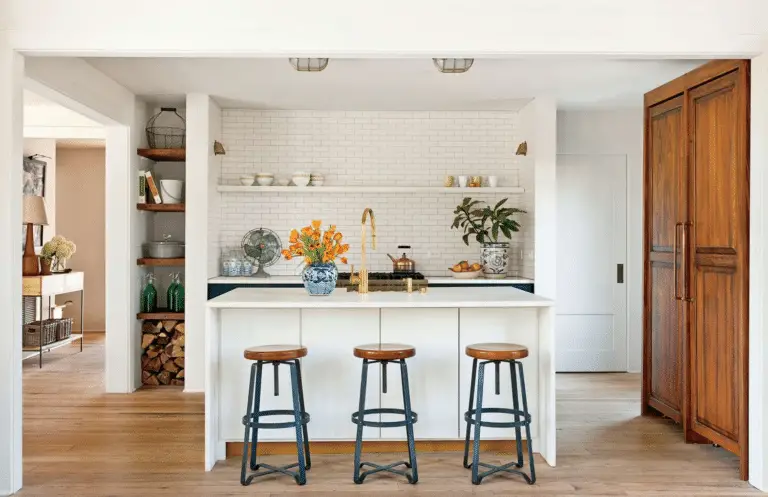Welcome to our guide on measuring for a kitchen backsplash installation! From understanding the basics of a kitchen backsplash to calculating the right amount of materials needed, we’ve got you covered.
Learn about measuring tools, precise measurements, tricky areas like outlets and windows, and even tips for preparing your kitchen wall. Don’t waste time or money on incorrect measurements – follow our step-by-step advice for a successful installation. Let’s get started!
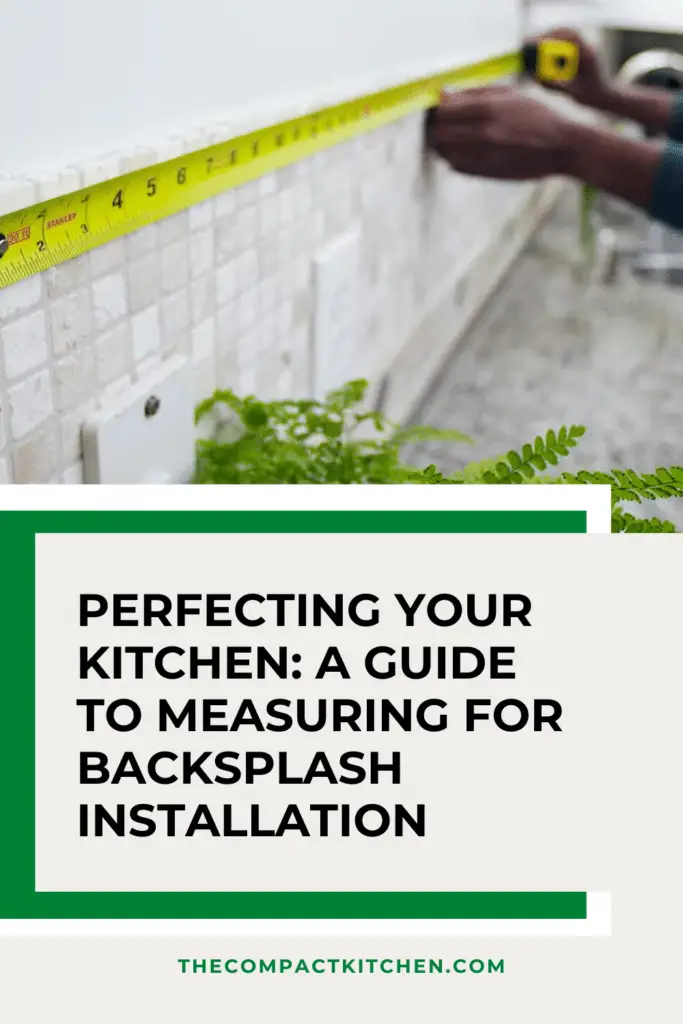
Understanding the Basics of a Kitchen Backsplash
When it comes to revamping your kitchen, a backsplash can be a game-changer. Not only does it add a touch of style and personality, but it also serves a practical purpose of protecting your walls from spills and splatters. The beauty of a kitchen backsplash lies in the wide array of materials you can choose from. Whether you prefer the timeless elegance of ceramic, the luxurious look of marble, or the sleek modernity of glass, the options are endless.

Each material brings its unique characteristics to the table, allowing you to customize your kitchen to match your aesthetic preferences and lifestyle. From durable and easy-to-clean ceramics to the sophisticated allure of marble and the reflective properties of glass, the choice of material can completely transform the look and feel of your kitchen.
How to Precisely Measure for Kitchen Backsplash Installation

When it comes to installing a kitchen backsplash, precise measurements are key to a successful and cost-effective project. By accurately measuring the area, you can ensure that you purchase the right amount of materials and avoid unnecessary waste. Let’s dive into the essential steps for measuring your kitchen wall for backsplash installation.
Explanation of Necessary Measuring Tools
Before you begin measuring, it’s important to have the right tools on hand. A reliable measuring tape is indispensable for determining the length and height of the backsplash area. Additionally, a calculator can be handy for calculating the square footage of the space to accurately plan for material purchase. With these tools in tow, you’ll be well-equipped to take precise measurements.
Step-by-Step Guide to Accurately Measure the Kitchen Wall
Start by measuring the length of the wall where the backsplash will be installed. Use the measuring tape to determine the exact dimensions, accounting for any breaks or corners in the space. Next, measure the height from the countertop to the bottom of the cabinets or desired endpoint for the backsplash. Be thorough in your measurements to avoid errors that could lead to material shortages.
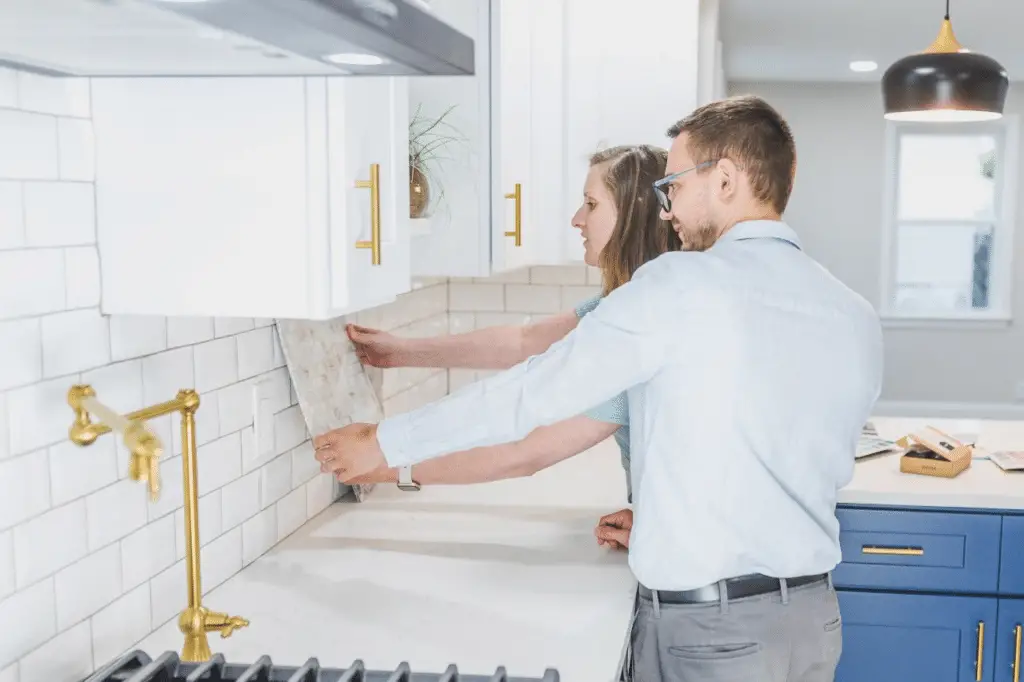
Once you have the length and height measurements, multiply the two dimensions to calculate the square footage of the area. This will help you determine the amount of tiles or material needed for the backsplash installation. Remember, precision is key to ensuring that you purchase the right quantity of materials and avoid unnecessary expenses.
Importance of Precise Measurements
Accurate measurements play a crucial role in the success of your kitchen backsplash installation. By taking the time to measure carefully and double-checking your calculations, you can prevent material wastage and minimize additional costs. Investing effort in precise measurements upfront will ultimately result in a smoother and more efficient installation process.

With a clear understanding of how to measure for kitchen backsplash installation, you’ll be well-prepared to tackle this home improvement project with confidence. Take the time to measure accurately, use the right tools, and plan for your material purchase accordingly. Your attention to detail will pay off in a beautifully finished kitchen backsplash that enhances the overall look of your space.
Taking into Account Outlets and Windows
When measuring for a kitchen backsplash installation, it’s crucial to take into account the unique challenges posed by outlets and windows. These tricky areas can often be overlooked, but ensuring accurate measurements around them is essential for a seamless and professional-looking result.
Dealing with Outlets
Outlets are common features on kitchen walls, and failing to factor them into your measurements can lead to unnecessary complications during the installation process. To navigate around outlets effectively, start by identifying the location of each one on the wall. Use your measuring tape to determine the distance between the edge of the outlet and the nearest corner or edge of the wall.

When cutting tiles or other materials to fit around outlets, always remember to allow for a slight gap to accommodate the outlet cover. It’s better to trim the material too small initially and make adjustments as needed, rather than cutting too much off and ending up with an ill-fitting piece.
Measuring Around Windows
Windows present another challenge when measuring for a kitchen backsplash. Similar to outlets, start by identifying the dimensions and location of each window on the wall. You’ll need to measure both the width and height of the window, as well as the distance between the window frame and the adjacent walls or countertops.

When installing a backsplash around windows, be mindful of any trim or molding that may affect the placement of your tiles. Consider whether you want the tiles to align with the window frame or if you prefer a continuous pattern running through the window area. These design choices will impact how you measure and cut the materials for a cohesive look.
Remember, precise measurements around outlets and windows are key to a successful kitchen backsplash installation. Taking the time to accurately account for these elements will ensure that your project proceeds smoothly and results in a polished and professional finish.
Planning and Purchasing the Right Amount of Materials
When it comes to tackling a kitchen backsplash installation project, measuring your space accurately is just the first step. Once you have your precise measurements in hand, the next crucial task is planning and purchasing the right amount of materials. This step is vital in ensuring a smooth installation process and avoiding any unexpected delays or issues down the line.
Calculating the Number of Tiles or Material Needed
Before heading out to purchase your chosen ceramic, marble, or glass tiles, it’s essential to calculate the exact amount needed based on your measurements. This step will not only prevent you from running out of materials mid-project but also help you avoid purchasing excessive amounts that may lead to unnecessary expenses.
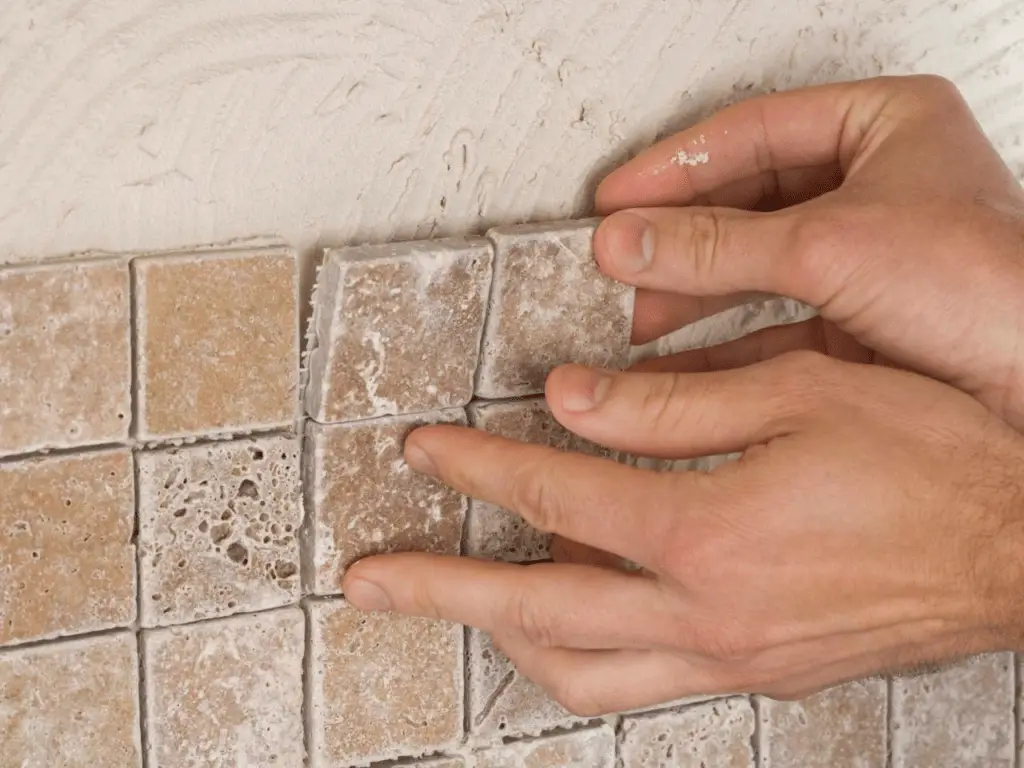
To determine the number of tiles needed, multiply the length and width of the area to be covered to get the square footage. From there, you can divide the square footage by the size of the tiles you plan to use to ascertain how many tiles will be required. Don’t forget to account for any cut tiles that may be needed around edges and corners.
Tips on Purchasing Extra Material
Although you’ve diligently calculated the amount of tiles required for your kitchen backsplash, it’s always wise to purchase a bit more than you think you need. Unexpected breakages or mistakes during installation can easily occur, and having extra material on hand will save you from scrambling to find matching tiles later on.
Additionally, having surplus tiles can be beneficial for potential future replacements. If a tile becomes cracked or damaged in the future, having the exact match readily available will make any repairs seamless and stress-free.
Considering the Grout Lines
When planning your material purchase, don’t overlook the importance of factoring in the grout lines. The spacing between tiles plays a significant role in the overall aesthetic of your backsplash. Be sure to account for the width of your desired grout lines when calculating the number of tiles needed to avoid any last-minute adjustments or shortages.

By carefully planning and purchasing the right amount of materials for your kitchen backsplash installation, you’ll set yourself up for a successful and stress-free renovation project. Taking the time to calculate quantities accurately and planning for contingencies will ensure that you have everything you need to achieve a beautiful and functional backsplash that enhances the look of your kitchen.
Preparing for the Installation Process
After you have diligently measured your kitchen wall area, chosen the right materials, and calculated the necessary quantities, it’s time to prepare for the exciting installation process. This step is crucial in ensuring a smooth and successful installation of your new kitchen backsplash. Here are some key tips to keep in mind as you get ready to transform your kitchen.
Cleaning and Leveling
Before you begin the installation, take the time to thoroughly clean the area where the backsplash will go. Grease, dirt, and grime can interfere with the adhesive and impact the overall finish of your backsplash. Use a mild detergent and water to remove any buildup and ensure a clean surface for the installation.
In addition to cleaning, it is essential to ensure that the wall is level before you start placing your tiles. Use a level to check for any inconsistencies in the wall surface. If you notice any uneven areas, take the time to address them before proceeding with the installation. A level surface will not only make the installation process easier but will also result in a more professional-looking final product.
Following the Proper Installation Process
Once your wall is clean and level, it’s time to start the installation process. Follow the manufacturer’s instructions carefully to ensure that you are applying the adhesive correctly and placing the tiles in the right position. Whether you are working with ceramic, marble, glass, or another material, each type of tile may have specific requirements for installation.

As you begin placing the tiles, pay close attention to spacing and alignment. Use tile spacers to ensure consistent grout lines and a uniform appearance. Take your time during this phase to avoid mistakes that could impact the final result.

After all the tiles are in place, allow the adhesive to set according to the manufacturer’s recommendations. Once the adhesive has dried, it’s time to apply the grout. Use a grout float to press the grout into the spaces between the tiles, then wipe away the excess with a damp sponge. Follow up with a grout sealer to protect your backsplash from stains and moisture.
By following these tips and approaching the installation process with care and precision, you can achieve a stunning kitchen backsplash that adds both style and functionality to your space. Remember, the key to a successful installation is thorough preparation and attention to detail every step of the way.
Ready, Set, Measure: The Recipe for a Perfect Kitchen Backsplash!
In conclusion, measuring for a kitchen backsplash installation is a crucial step in the process. Remember to use precise measurements to avoid any unnecessary costs or material wastage. Taking into account outlets, windows, and planning for the right amount of materials are key aspects to consider.
So, get your measuring tools ready, follow the steps diligently, and soon you’ll have a beautiful backsplash that perfectly fits your kitchen! Happy measuring and happy installing!


